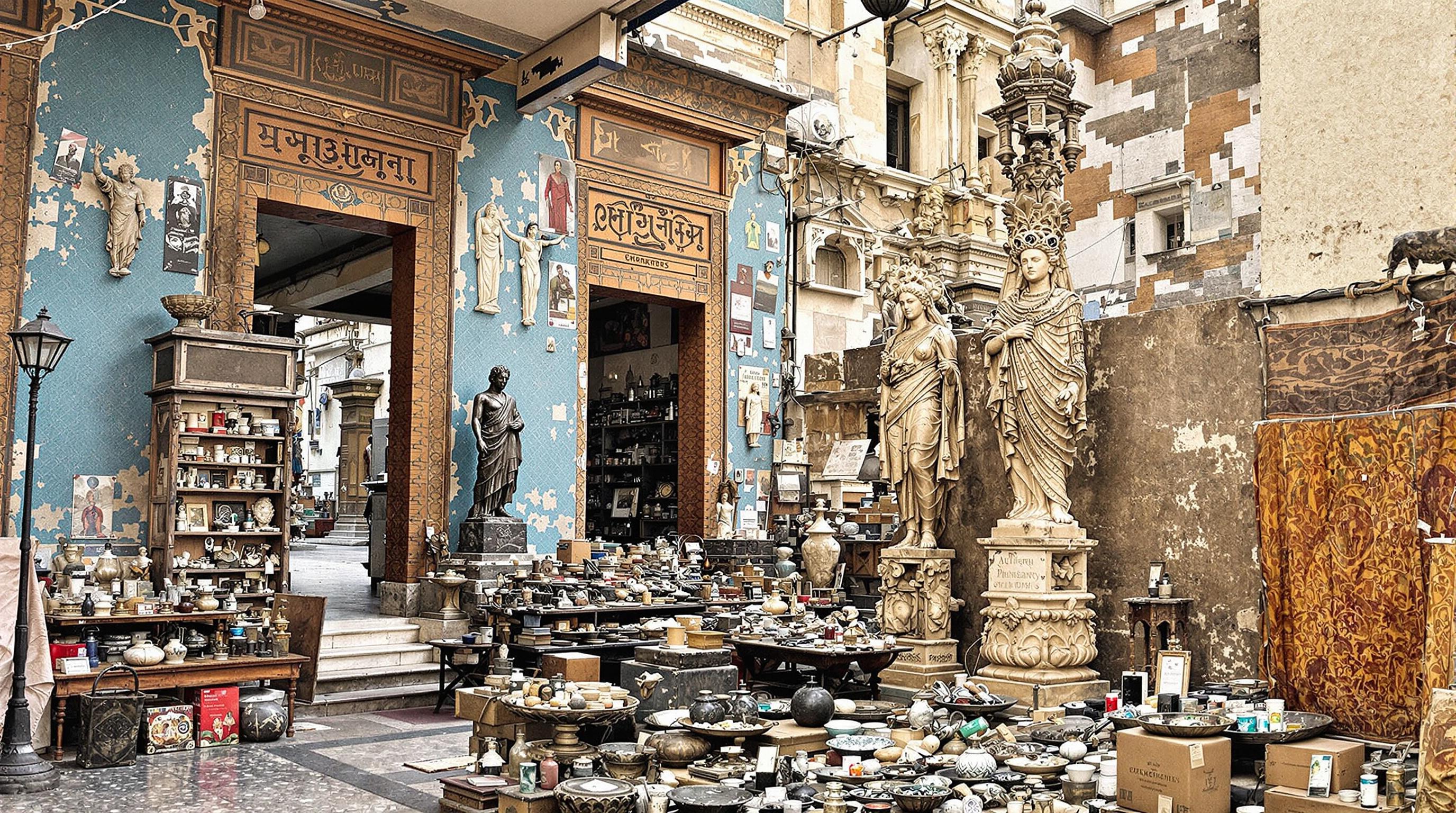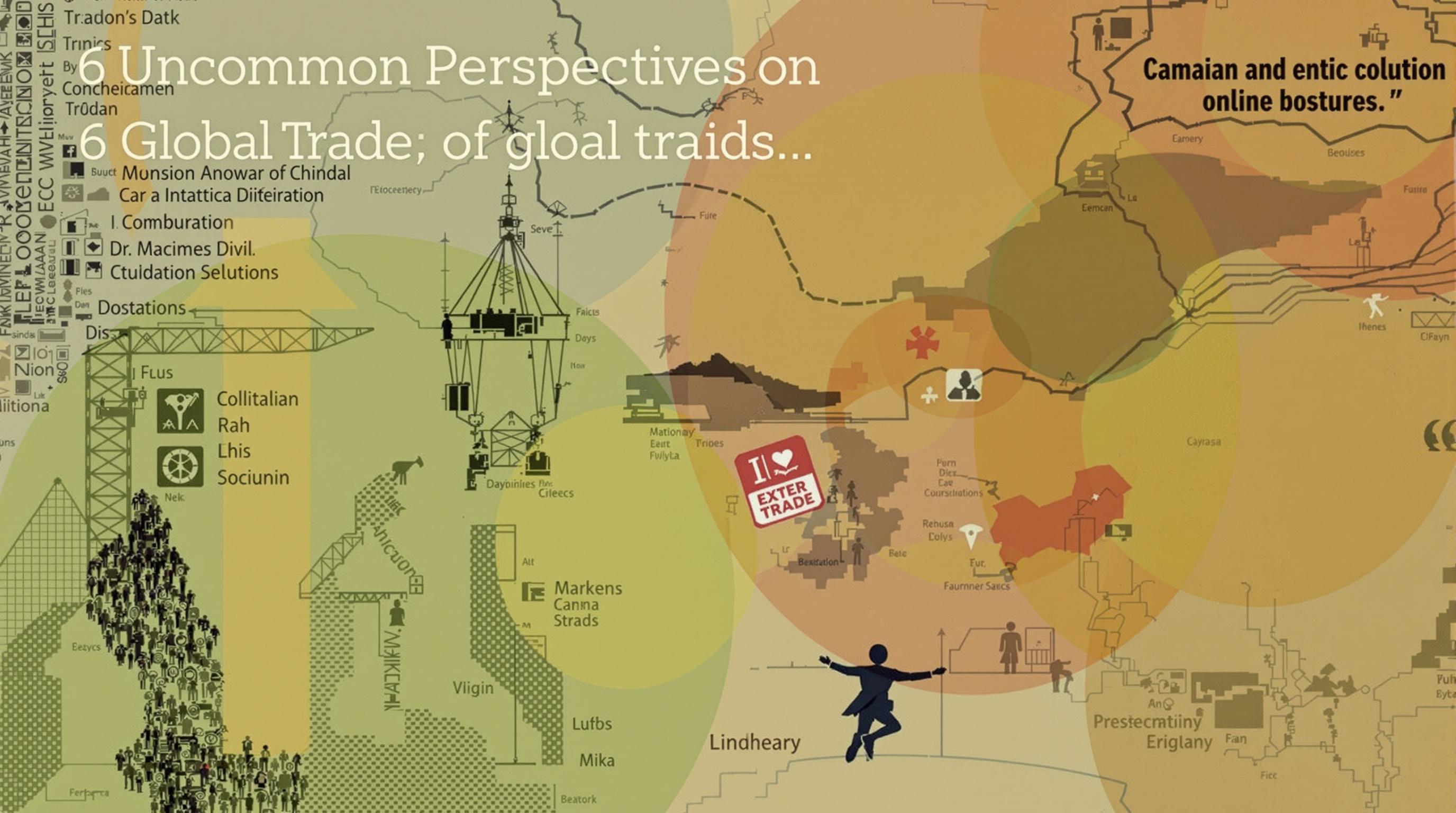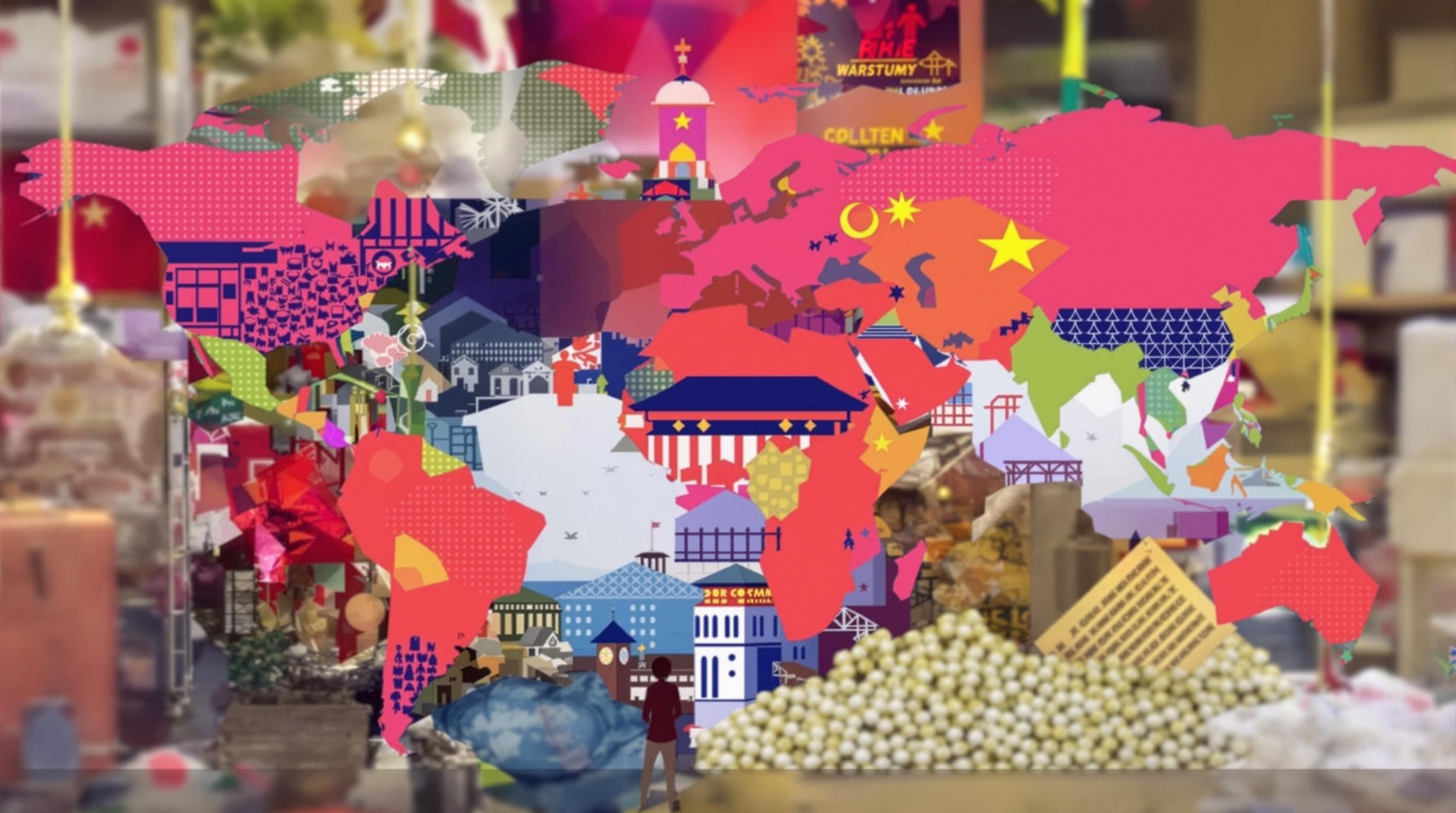Related Articles
- When Ancient Trade Routes Resurface: Unexpected Lessons for Modern Commerce and Global Economic Resilience
- When Artifacts Become Currencies: The Intriguing Trade Between Antiquities and Emerging Markets
- Beyond Borders: Unconventional Partnerships Transforming Trade Strategies in the Age of Globalization
- The Rise of Shadow Economies: How Informal Trade Networks are Disrupting Global Market Structures
- Cryptocurrency and Society: Understanding the Hidden Costs of Digital Assets on Community Well-Being
- The Surprising Role of Cultural Narratives in Shaping Investment Choices and Financial Preferences
When Artifacts Become Currencies: The Intriguing Trade Between Antiquities and Emerging Markets
When Artifacts Become Currencies: The Intriguing Trade Between Antiquities and Emerging Markets
As the world becomes increasingly intertwined, so too does the relationship between antiquities and emerging markets. This multifaceted trade not only reflects cultural values but also weaves intricate financial networks that impact both collectors and local economies.
Introduction: A Journey Through Time and Value
Imagine this: You're wandering through a bustling marketplace in Istanbul, where the scent of spices dances in the air. There, among vibrant textiles and fragrant oils, lies a centuries-old artifact glinting tantalizingly in the sunlight, beckoning collectors and curious tourists alike. This isn't just a relic; it's a currency, a symbol of prestige, history, and often, a ticket to a new financial venture.
The Cultural Significance of Antiquities
Antiquities hold a mirror to our past. They are not mere objects; they embody stories, traditions, and a sense of identity. According to UNESCO, cultural heritage contributes significantly to the tourism economy, with one in ten tourists choosing a destination based on its cultural offerings. In emerging markets, this often translates into a vital source of income and pride.
A New Gold Standard? The Rising Value of Artifacts
In recent years, the global antiquities market has burgeoned, with estimates suggesting it's worth around $30 billion annually (Council on Foreign Relations, 2021). High-profile auctions can yield jaw-dropping sums, like the famed “Salvator Mundi” by Leonardo da Vinci, which fetched $450 million in 2017. Such drastic price tags signal more than just collector fervor; they indicate the evolving landscape of investment strategies where passions meet pragmatism.
The Role of Technology
Just when you thought it couldn’t get more fascinating, enter stage left: technology. In a world where blockchain and digital currencies dominate discussions, antiquities are also finding their place in this modern arena. Platforms like Myco have emerged, allowing amateurs and collectors alike to authenticate, buy, and sell artifacts with transparency and safety. This high-tech twist has the potential to revolutionize how we perceive and interact with historical objects, making them even more accessible to the masses.
Emerging Markets: A Double-Edged Sword
While the trade of antiquities might seem like a win-win situation, it often casts long shadows. Emerging markets, rife with potential, are sometimes vulnerable to exploitation. The looting of archaeological sites not only depletes local heritage but can also leave communities bereft of crucial cultural icons that define their identity. According to INTERPOL, looted antiquities are a multi-billion-dollar industry that often funds criminal organizations, raising significant ethical concerns.
Case Study: The Impact of the Syrian Civil War
The devastating effects of the Syrian Civil War have brought to light the fragile state of cultural heritage. Artifacts, once proudly displayed in museums, were looted and sold on the black market, often for fractions of their true value. A report by the Antiquities Coalition revealed that the illicit trade in Syrian antiquities reached estimates of $3 billion between 2011 and 2015, leaving a gaping wound in the country's cultural fabric.
Investing with Intention
Investors now realize that owning a piece of history can also provide social dividends. Many collectors are turning to socially responsible investing, focusing on antiquities that promote cultural preservation. A unique example is the “Art for Syria” campaign, where proceeds from auctioned artifacts go directly to rebuilding sites ravaged by conflict. Not only does this approach help fund restoration, but it also creates a narrative where the artifact is infused with the spirit of resilience and hope.
The Ethics of Ownership
The question of ownership and provenance is a hot-button issue pervading the realm of antiquities. As international laws become stricter regarding the looting and trafficking of cultural heritage, collectors are more frequently asking: “Where does this artifact come from?” A notable case is that of the "Parent's Mask" attributed to the ancient Hellenistic period, which was returned by the Getty Museum to Italy after it was discovered the item had been looted. Establishing ethical chains of ownership is crucial in promoting responsible collecting and trade in antiquities.
Balancing Global and Local Perspectives
Understanding the local impact of antiquities trade is essential. In many cases, the flow of money brought by tourists and collectors can foster economic development. For instance, Morocco, with its charming kasbahs and rich history, has also seen a rise in treasure hunting as collectors often visit small artisans for handmade replicas rather than original artifacts. This can create jobs and sustain local crafts, although it does veer into ethical gray areas.
Conclusion: Bridging the Divide
As we look toward the future, the intersection of antiquities and emerging markets will only become more intricate. From ethical considerations to the fear of cultural dilution, the challenges are real. However, with intentional practices and a commitment to preserving history, we have the opportunity to turn potential curses into powerful blessings, ensuring that history thrives alongside innovation.
A Call to Action: Join the Movement
The antiquities market is teeming with potential and pitfalls. Engage with organizations dedicated to preserving cultural heritage, invest in ethical antiquities, and educate yourself about provenance. Every trip to a museum or purchase of a historical object can be a step toward advocating for the preservation of human history.
Ultimately, the value of antiquities cannot be solely measured in monetary terms. They are embodiments of our shared humanity, and as we navigate these complex waters, let’s ensure the artifacts of yesterday pave the way for a future rich in understanding, respect, and appreciation for cultural legacy.





